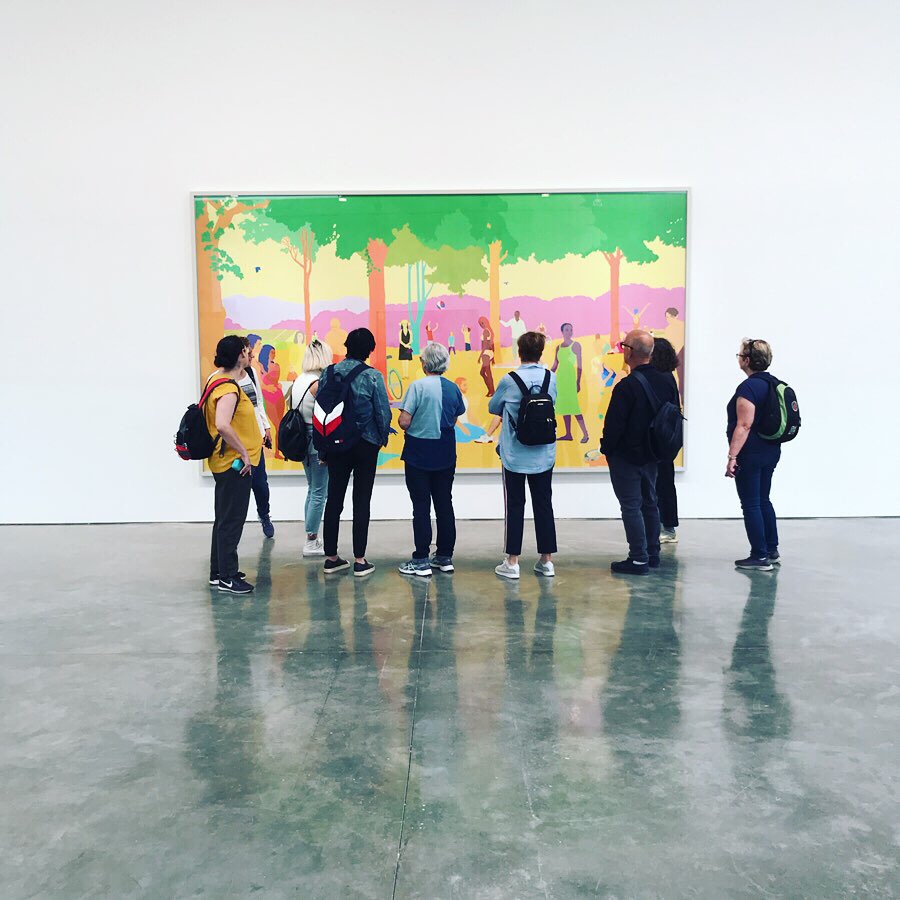Chelsea Gallery Scene: from warehouses to a global art hub
- Maya Yadid

- Feb 25
- 2 min read
Chelsea, now one of the most influential art districts in the world, wasn’t always the powerhouse of contemporary art that it is today. Its transformation from an industrial neighborhood to a cultural epicenter is a testament to the ever-evolving nature of New York City's art scene.
The Early Days: From SoHo to Chelsea
Before Chelsea became the go-to destination for contemporary art, SoHo was the heart of New York’s gallery scene in the 1970s and 1980s. The neighborhood’s large, affordable loft spaces attracted pioneering galleries, artists, and collectors. However, as SoHo gentrified and real estate prices soared, galleries began searching for new, more affordable locations. By the early 1990s, Chelsea—then a quiet, industrial neighborhood filled with warehouses and auto repair shops—became the next frontier.
The 1990s Boom: A New Art District is Born
The migration to Chelsea began in the early 1990s when forward-thinking dealers, including Paula Cooper, Barbara Gladstone, and Matthew Marks, set up shop in

converted industrial buildings. The expansive, high-ceilinged spaces provided a perfect backdrop for large-scale contemporary works, particularly installations and conceptual art.
What made Chelsea particularly appealing was its ability to house multiple galleries in close proximity. This created an ecosystem where visitors could experience a variety of exhibitions within a few blocks—something that remains a key draw to this day.
The 2000s: Chelsea’s Rise to International Fame
By the early 2000s, Chelsea had solidified its reputation as a global art hub. The neighborhood became home to blue-chip galleries such as Gagosian, David Zwirner, and Pace Gallery, attracting collectors, critics, and artists from around the world. This period saw the rise of blockbuster exhibitions, high-profile art fairs, and a deepening connection between art and commerce.
The High Line’s opening in 2009 further elevated Chelsea’s appeal, bringing even more foot traffic and development. Luxury condos, trendy restaurants, and boutique hotels followed, signaling another wave of gentrification—one that has, in some cases, pushed out smaller galleries in favor of larger commercial spaces.
Chelsea Today: A Balancing Act
Chelsea, now one of the most influential art districts in the world, wasn’t always the powerhouse of contemporary art that it is today. Its transformation from an industrial neighborhood to a cultural epicenter is a testament to the ever-evolving nature of New York City's art



Comments